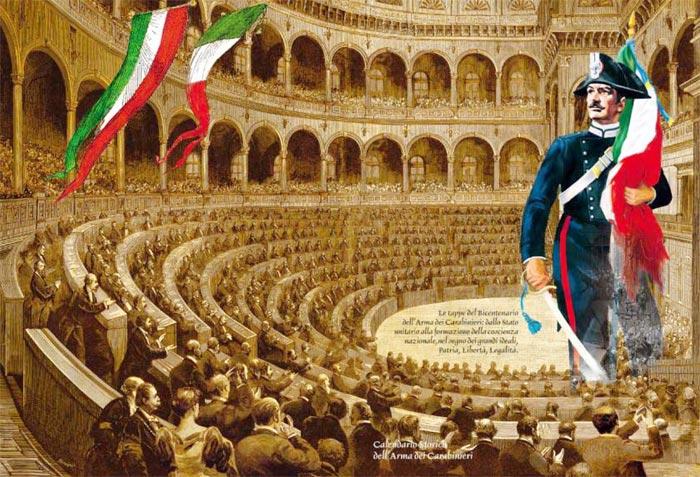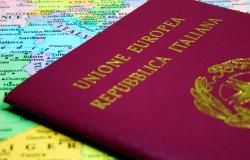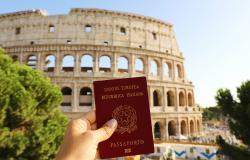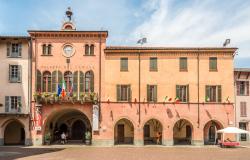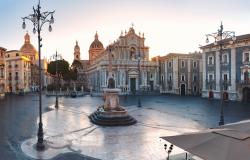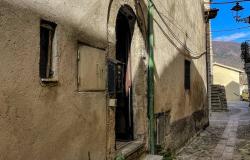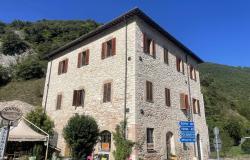Following its formation on 13th July 2014, the Italian Carabinieri has recently celebrated its 200th anniversary this year. John Bensalhia looks at the key elements of this well-known institution.
BEGINNINGS AND BACKGROUND
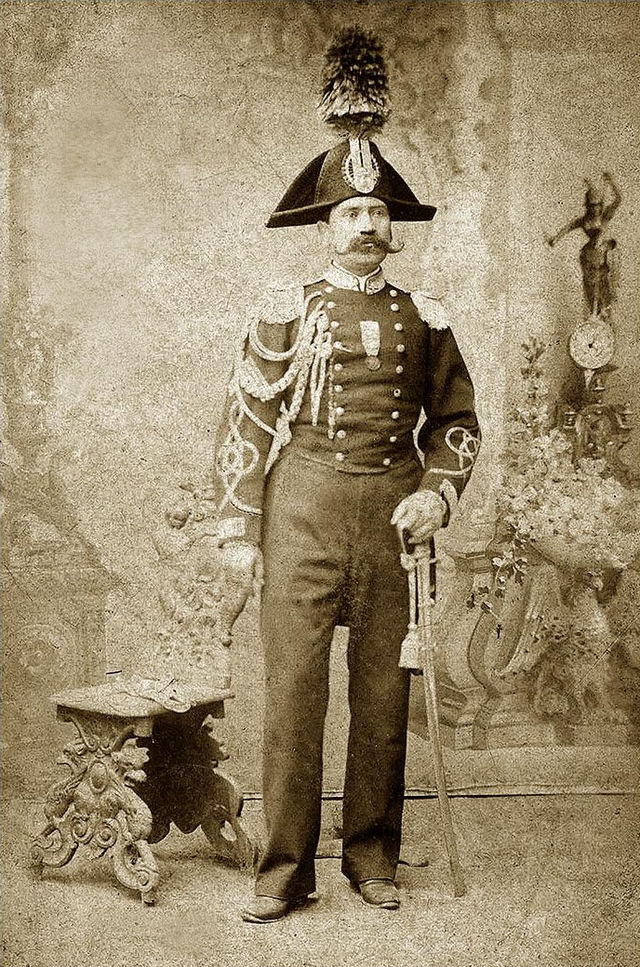 The Carabinieri was formed in July 1814 by Victor Emmanuel I of Sardinia. The name originates from Carabina, a type of rifle. The organisation was set up with the aim of defending the country. The force was split so that a particular province would get their own legion of Carabinieri. These Companies (as they were known) were split into Lieutenancies who would oversee dealings with the public and the management of the local police stations.
The Carabinieri was formed in July 1814 by Victor Emmanuel I of Sardinia. The name originates from Carabina, a type of rifle. The organisation was set up with the aim of defending the country. The force was split so that a particular province would get their own legion of Carabinieri. These Companies (as they were known) were split into Lieutenancies who would oversee dealings with the public and the management of the local police stations.
A notable aspect of Italian police is that it has two police forces, the Polizia (the regular state police), and of course, the Carabinieri (which is part of the army). Essentially, in the wake of the unification of Italy, the Royal Corps of the Carabinieri remained a nationwide military presence. You will find a station of the Carabinieri even in the smallest of towns and whether it's floods, earthquakes or any other natural disaster, the Carabinieri are trained to provide instant and dedicated support.
The Corps are housed in barracks ( caserma) and headed by the Comando, which comprises a Comandante Generale, a Vice Comandante Generale and a Chief of Staff who oversees the activities of the forces.
THEIR MOTTO
Nei Secoli Fedele - Faithful Throughout the Centuries
APPEARANCE
The Carabinieri outfit has always been instantly recognisable. Initially, the Carabinieri uniform was dark blue in colour, with the collars and cuffs braided in silver, with scarlet-edged trimmings and silver epaulets. The fringing would be different for the respective mounted and infantry divisions. The mounted division's fringing was white while the infantry division's was light blue.
Today's traditional, ordinary uniform of the Carabinieri is very distinctive. It comprises a dark, single-breasted jacket, classically cut trousers, white shirt, black tie, black leather gloves, flat shoes and black cap. Some variations on this apply, depending on the weather. A waterproof coat or windbreaker can be worn with the uniform.
For uniform service, there are variants with respect to hot and cold climates. No jacket is needed for Summer days, with the usual uniform being a short sleeved short in the colour blue, bandolier and belt/shoulder strap. For Winter, there is an inverted neck sweater and heavily lined jacket.
Operational uniforms comprise a basque, a jacket, trousers, a blue neckerchief (with red profiling), fleece, black leather gloves and ankle boots.
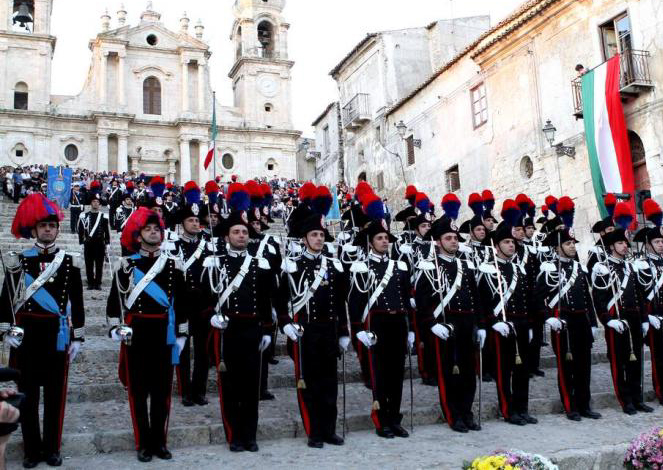
But the most famous uniform, which has been made famous by various 1950s movies, iconic images of Italy and the traditional Carabinieri calendar is the official ceremonial one. The ceremonial outfit comprises a stiff black cap, double-breasted jacket and trousers, shirt, long, black silk tie, black shoes, leather gloves and white coat.

Female staff will have a bow as opposed to the tie.Female staff also have some clothing variations for everyday use – most notably, skirts for office duty, changes to jackets (with respect to the jacket's shape or buttons) and footwear.
The traditional two-pointed hat for Carabinieri is known as the Lucerna.
TRANSPORT AND WEAPONRY
While the Carabinieri used to only use Italian vehicles, over time, other brands were introduced, including Fiat, Land Rover, Subaru and Lotus. The traditional Carabinieri vehicle is dark blue with a white roof and a red stripe. The Carabinieri car, commonly known as the Gazzella, is used on everyday patrols. In the case of emergencies, larger vehicles are utilised.
In addition to the cars, the Carabinieri use a wide range of vehicles such as motorbikes, helicopters, motor boats, trucks and vans for their duties.
The weaponry that the Carabinieri use is also divided into regular and emergency use. Their regular weapons include a Beretta 92 pistol and AR70/90 Assault Rifle, the FN Minimi Light Machine Gun and the Mod. PM 12 S2 Submachine Gun. Amongst the Carabinieri's special weapons are the M4 Carbine Assault Rifle, the Mauser SP66 and MSG-90 Sharpshooters and the Heckler and Koch MP5 and Steyr TMP Submachine Guns.
SPECIAL TASKS DEPARTMENTS
These departments are outside the ordinary organisational framework and are used for special missions: Corazzieri (Cuirassiers's Regoment) are an elite corps and honour guard of the President of the Italian Republic. Their motto 'Virtus in periculis firmior' means ?Courage becomes stronger in danger'.
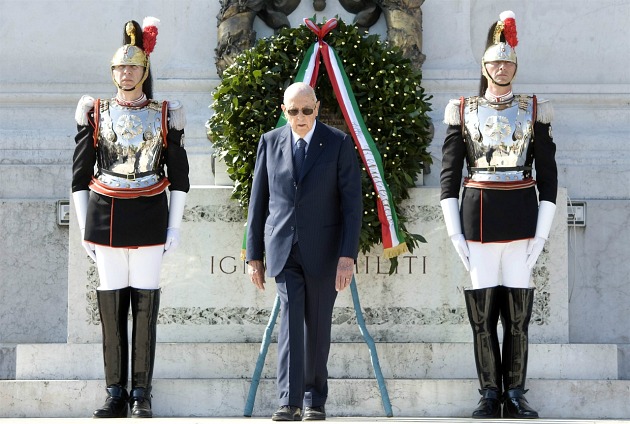
Members of the unit are distinguished by their special uniforms and height (the minimum height for admission is 190 cm, or 6 feet 2.8 inches).
The Mobile Unit Division, which is based in Treviso and has two brigades whose tasks include mass manoeuvres during emergencies, defending the nation and participating in military operations abroad.
The ROS (Raggruppamento Operativo Speciale or Special Operational Group) is an elite unit founded in 1990 to deal with organised crime, subversive activities, terrorism and more complex types of crime. An anti-crime section is found in every city and district public prosecutor's office.
NOTABLE EVENTS IN THE 20th CENTURY
In the first quarter of the 20th century, the Carabinieri were involved in the Fronte italiano campaign in South Tyrol in 1915. Their main tasks were to manage the rear of attacking regiments with machine gun posts and also to halt deserters. It's said that the Italian regiments were sickened by the slaughter, and so the Carabinieri were enforced to make sure that desertion did not take place.
Perhaps the most famous arrest made by the Carabinieri was that of Benito Mussolini, the leader of the National Fascist Party, in 1943. The Carabinieri had been utilised to halt any potential opposition in Italy during Mussolini's era. Following his downfall in July 1943, the Carabinieri arrested Mussolini and then imprisoned him on Campo Imperatore. However, in the wake of Mussolini's imprisonment, Germany commanded that all Carabinieri units in Axis-controlled areas be disbanded – since the Germans felt that the Carabinieri had been unfaithful to the cause of fascism. As a result, the Carabinieri were arrested and deported to work in forced labour camps. But this spurred many of the Carabinieri to join the Italian Resistance movement. When the war had ended, it was estimated that 2735 had perished and 6500 had been wounded out of the 14,000 who had joined the Resistance in the northern and central areas of Italy.
NOTABLE EVENTS IN THE 21st CENTURY
Today, the Carabinieri's standing is massively important. Carabinieri units have been a major part of peacekeeping missions in countries such as Afghanistan, Iraq and Kosovo.
 On November 12, 2003, a suicide attack devastated the Carabinieri headquarters in Nasiriyah, Iraq, south of Baghdad. A tanker truck rigged with explosives detonated next to a three-story building, tearing off its façade and killing at least 28 people, including 13 Italian carabinieri, 4 Italian Army soldiers, two Italian and nine Iraqi civilians. More than 100 people were injured, including 19 Italian soldiers.
On November 12, 2003, a suicide attack devastated the Carabinieri headquarters in Nasiriyah, Iraq, south of Baghdad. A tanker truck rigged with explosives detonated next to a three-story building, tearing off its façade and killing at least 28 people, including 13 Italian carabinieri, 4 Italian Army soldiers, two Italian and nine Iraqi civilians. More than 100 people were injured, including 19 Italian soldiers.
Nasiriyah Bombing Memorial in Bologna
This was the worst incident involving Italian soldiers since Operation Restore Hope in Somalia and the highest loss of Italian soldiers since World War II. The attack shocked Italy, the soldiers received a state funeral and the country plunged into a three-day mourning period.
A year later, at the Sea Island Conference of the G8 in 2004, the Carabinieri were officially commissioned to introduce a Centre of Excellence for Stability Police Units. This would develop the training and doctrinal standards for civilian police units linked to overseas peacekeeping missions.
